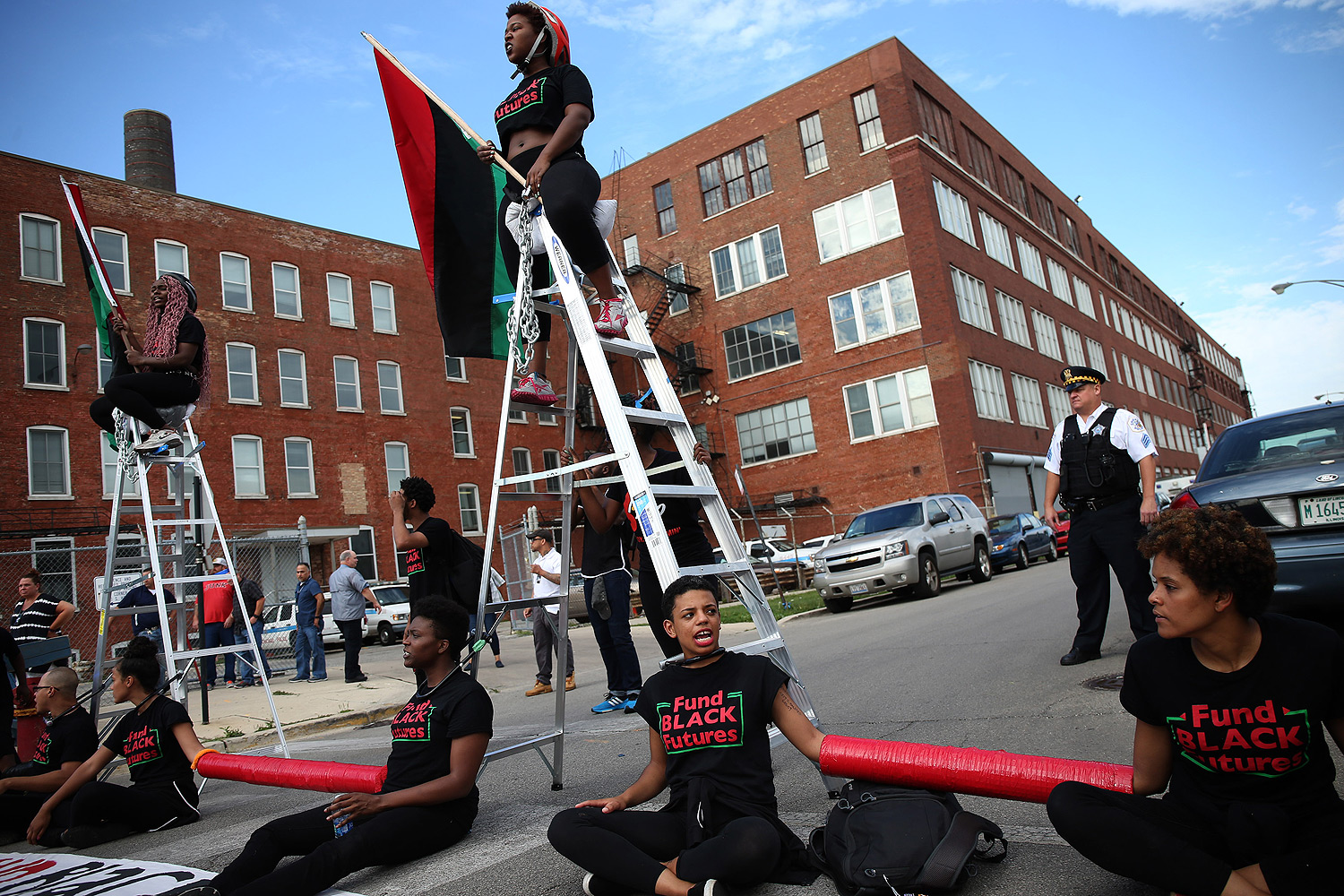After the mass shooting at Marjory Stoneman Douglas High School in Parkland, Florida, the usual groundswell of political momentum began, along with the despair that it would wash out just as quickly. But it seems to be gaining traction at the scene of the tragedy: Parkland high school students have taken the lead, organizing the "Never Again" movement (coined by a 17-year-old) on the fly, and getting their still-developing message out in front of television cameras, in op-eds, and on social media.
There's been some surprise that a group of teens could or would take the lead on a political response to the tragedy. Sometimes the surprise is earnest, like from the New York Times's Eric Lipton, who in a couple well-meaning but ill-considered tweets wrote: "Impressive how articulate and well educated these kids are from this school. Obviously a good school. Another sad reason for yesterday's events," following that with "And not saying it would be less sad if there were poor kids, obviously. Just such a waste to see kids with so much opportunity before them wiped out."
Other skepticism about the ability of these kids to bear the burden of a political movement might itself be politically motivated, like that from former Fox News personality Bill O'Reilly and former congressman Jack Kingston.
Still: they're not old enough to vote! Do they stand a chance?
Recent history in Chicago suggests they might. Many of the city's activists and organizers are remarkably young, even high-school age. Back in 2016, in the wake of two police shootings, four Chicago high schoolers—Sophia Byrd, Eva Lewis, Natalie Braye, and Maxine Wint—organized a 1,000-person silent sit-in in Millennium Park over social media, with the help of only one adult.
Well, technically one adult; they got some advice from an 18-year-old organizer with the Black Youth Project 100, an organization for people 18 to 35. When Derrick Clifton profiled members of BYP100 and other organizations in a look at young black women leading local social-justice movements, the women he talked to were 23 to 30 years old. When Darryl Holliday went deep into BYP100 for Chicago, the leaders he found were mostly in their early 20s. Dawn Rhodes and Tony Briscoe of the Tribune found the same thing when they looked across the activist landscape in 2015, following the death of Laquan McDonald. These groups, led by young adults and teens, are widely credited with the upset defeat of incumbent state's attorney Anita Alvarez in 2016. A 23-year-old co-founded one of the groups that helped pressure the University of Chicago to open a trauma center.
More recently BYP100 has teamed up with Latino groups on the intersection of policing and immigration. One of those groups is Organized Communities Against Deportation, which is led by undocumented youth—which makes sense, given the importance of youth activists to the passage of the DREAM Act, activism which was centered, in part, on Chicago. West Garfield Park youth activists are part of the campaign against the planned police academy. Others are addressing gun violence in their communities, like the members of the Resurrection Project who held "literal campgrounds of civic engagement" on dangerous blocks last year.
And there's historical precedent: in 1963, 250,000 Chicago students walked out of school to protest segregation during the Willis Wagon era.
There's some limited evidence that the Parkland teens' campaign is already having an effect. At Vox, Alvin Chang found that the incident has captured the media's attention, at least in terms of cable news, for longer than the incidents in San Bernardino, Tucson, and Sandy Hook. If high-school students can continue this, it would be a considerable achievement, but not necessarily a shocking one. The more compelling question, perhaps, is what adults will do.



